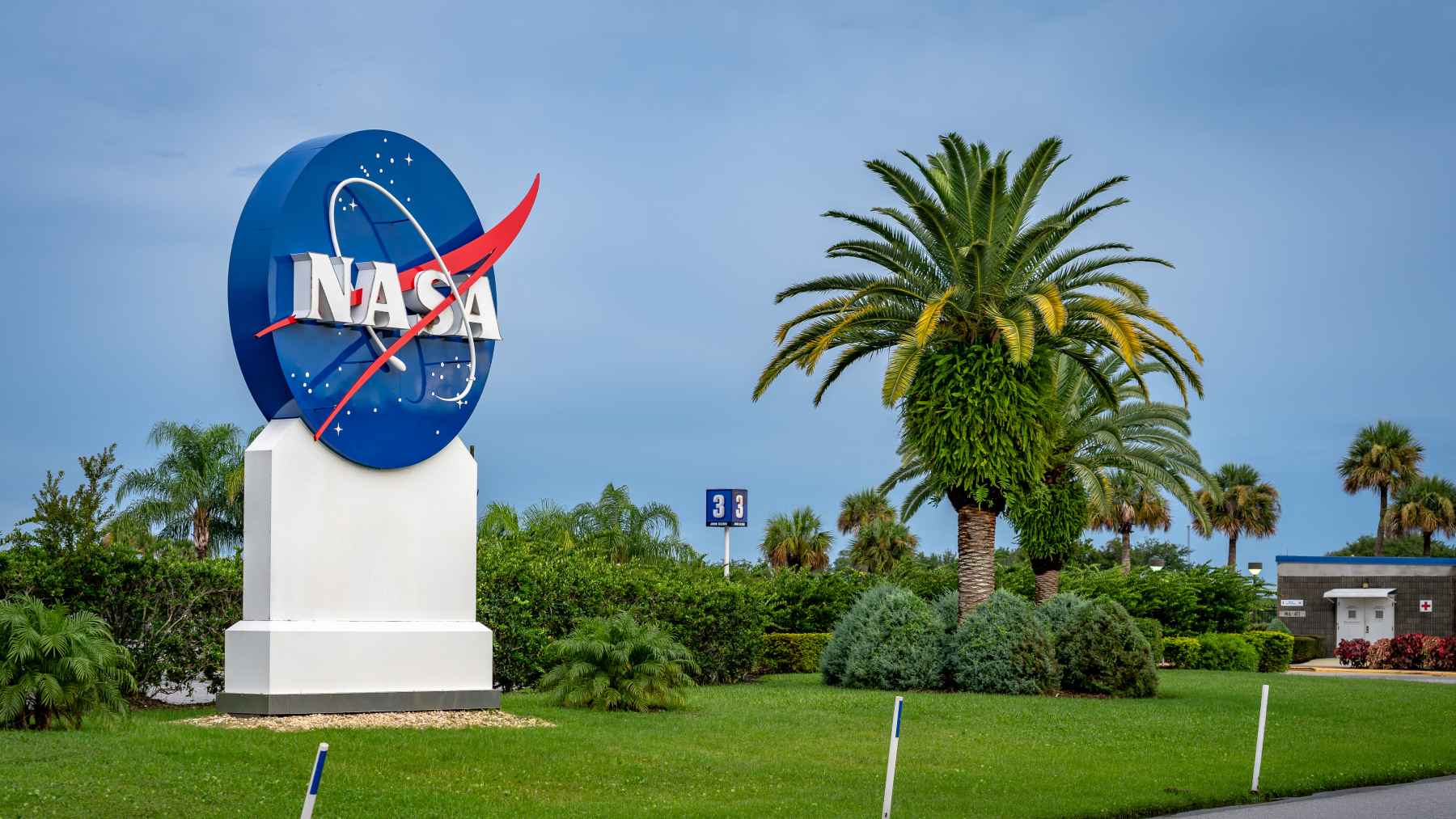NASA’s mission to study how Earth’s magnetic field protects us from space weather has just been launched aboard a SpaceX Falcon 9 rocket from Vandernberg Space Force Base in California. The mission dubbed TRACERS (for Tandem Reconnection and Cusp Electrodynamics Reconnaissance Satellites) involves two nearly identical spacecraft that will be following each other about 10 seconds apart to take thousands of detailed measurements during their yearlong mission.
This mission is being lead by David Miles from the University of Iowa with support from NASA’s Heliophysics Division. The University of Iowa, Southwest Research Institute, and University of California Los Angeles and Berkeley, all manage instruments aboard TRACERS. Both satellites will gather over 3,000 measurements over the time of the mission to create a picture of how the magnetic reconnection changes over time. Which is when a magnetic field line breaks and snaps together at a different position. Particles are accelerated towards Earth due to the heat produced and we see them as Auroras near the poles.
The new NASA mission, one more step in understandign both space and how it interacts with Earth
Aboard that same Falcon 9 rocket were other small satellites; NASA’s Athena EPIC, PExT, and REAL mission. These missions will serve as a proof of concept for new technologies and as data gathering satellites. Mission controllers will work on contacting these satellites over the coming hours.
“NASA is proud to launch TRACERS to demonstrate and expand American preeminence in space science research and technology,” said acting NASA Administrator Sean Duffy. “The TRACERS satellites will move us forward in decoding space weather and further our understanding of the connection between Earth and the Sun. This mission will yield breakthroughs that will advance our pursuit of the Moon, and subsequently, Mars.”
After separation, TRACERS’ mission control team began the commissioning of the second satellite three hours after separation from the rocket. This commissioning process will take a few weeks to have both satellites completely operational and initiating their data-gathering mission. This way, ground control engineers can make sure that all systems are working as expected.
Both satellites will orbit around what is known as the Polar Cusp, a region near the Earth’s magnetic North Pole, where there is a gap from Earth’s magnetic field to space. This is where particles from Sun flare particles (also known as solar storms) can be carried into our magnetosphere when there is a break in Earth’s magnetic field on the dayside which results in a reconnection on the nightside of Earth. Depending on the strength these reconnections result in Northern Light events (Aurora Borealis) visible close to the magnetic poles. These collisions will be what TRACERS will be looking for and studying how it changes over the 12-month-long mission.
“NASA’s heliophysics fleet helps to safeguard humanity’s home in space and understand the influence of our closest star, the Sun,” said Joe Westlake, heliophysics division director at NASA Headquarters in Washington. “By adding TRACERS to that fleet, we will gain a better understanding of those impacts right here at Earth.”
“The successful launch of TRACERS is a tribute to many years of work by an excellent team,” said David Miles, TRACERS principal investigator at the University of Iowa. “TRACERS is set to transform our understanding of Earth’s magnetosphere. We’re excited to explore the dynamic processes driving space weather.”
The mission was launched under NASA’s VADR contract, which is overseen by the Launch Services Program at Kennedy Space Center.
Other missions that will be taking palce at the same time are
Athena EPIC which is a pathfinder mission to test NASA’s innovative SmallSatarchitecture to improve flexibility of payload designs, reduce launch schedule, and reduce overall costs in future missions. After a two-week-long mission it will spend 12 months taking measurements of longwave radiation from Earth
PExT demonstration will test interoperability between commercial and government communication networks, demonstrating a polylingual terminal in low Earth orbit.
REAL mission is a CubeSat that will investigate how electrons interact with the Van Allen radiation belts into Earth’s atmosphere. REAL aims to improve our understanding of these energetic particles that can damage spacecraft and imperil astronauts who pass through them.
